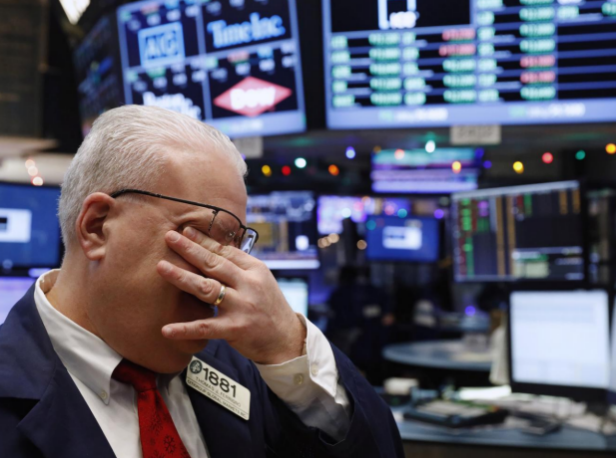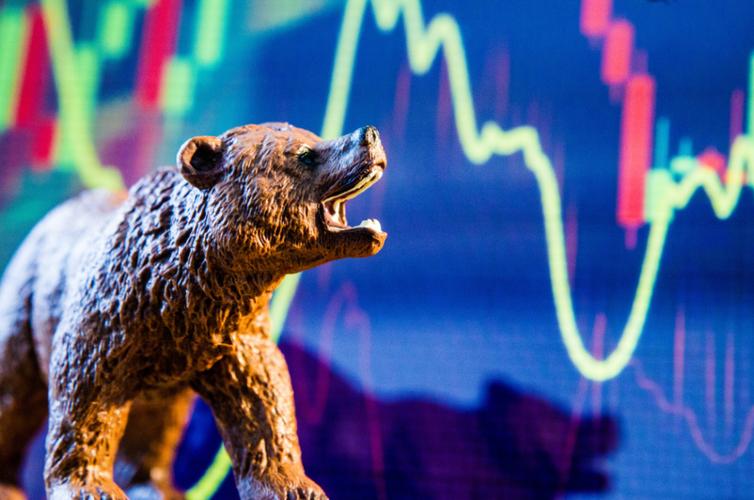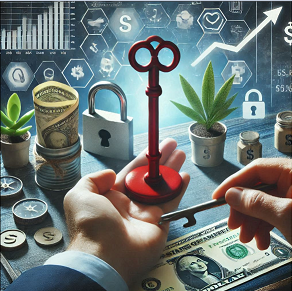In the vast machinery of financial markets, confidence is an invisible yet crucial fuel. When there's a sudden shift in policy direction, even the most powerful engine can begin to sputter. The tariff storm stirred up by Trump has rattled market nerves, making once-confident Wall Street giants tread carefully. Just as investors were envisioning a profit feast driven by tax cuts and deregulation, the word "tariff" abruptly ended the dream. In just two weeks, more than a dozen financial powerhouses - JPMorgan, Bank of America, Evercore ISI, among others have revised down their year-end targets for the S&P 500 index. Bold market predictions now look like fireworks doused in cold water— dimmed and disappointing.

Take the S&P 500, for example, the barometer of the U.S. economy's health. It hasn't had an easy ride in recent weeks. Since Trump announced on April 2 that a 10% tariff would be imposed on nearly all imported goods, the index has been on a roller coaster ride. Not only has it fluctuated downward, but it has also sparked gasps in trading halls. Within days, it dropped more than 7%, and from its February 19 all-time high, it has fallen 14%. Although there has been a softening of tariffs on some electronic products and even a pause on the so-called "reciprocal tariffs," market anxiety hasn't eased. Economists warn that if the economy truly slips into recession, corporate earnings will be severely hit. This concern is evident in the latest forecasts from banks. Wall Street's average year-end projection for the S&P 500 is now 6,012 points, down from 6,539 at the end of last year. By comparison, this week's close at 5,283 seems awkward. Even if the index climbs 14% in the remaining months, the annual gain would only reach a modest 2%--a far cry from the 20% surges of the past two years. Citigroup, in its latest report, has also lowered its year-end target from
* 6,500 to 5,800 points, and cut its 2025 EPS forecast from $270 to $255, even below the market average estimate of $262.

Of course, many investors might try to comfort themselves with the belief that "the worst news is already out,™ especially since the market has already taken a hit. But Wall Street analysts calmly remind us that this drop doesn't yet meet the definition of a "bear market," let alone signal a bottom. Moreover, it's worth remembering that the market started perched atop lofty valuations, even with a slide, it’s only halfway down. For now, the U.S. economy hasn't completely derailed. Employment data is a solid indicator- it remains strong, suggesting the "engine" is still running. But at the same time, consumer confidence softer temperature gauge, has cooled, and inflation expectations are quietly heating up. So, will Trump's trade offensive drag the U.S. into an economic quagmire? There's no definitive answer yet. The president himself seems aware of the market's nervous mood, taking steps to soothe it, such as pausing the most aggressive tariffs and giving a green light to products like smartphones. But what the market truly needs isn't a short-term painkiller— it's long-term stability. As one strategist put it, the real anxiety doesn't stem from any single policy itself, but from the uncertainty of "not knowing what's going to happen next." And in the context of an already struggling global economy. That kind of uncertainty is like a fuse that could ignite at any moment.
From bullish optimism to cautious revisions, the change in tone among banks reflects a new reality. the market is no longer basking in the early-year spring breeze, but has entered a "buffer zone" full of variables and tests. The S&P 500 may still have a chance to climb another 14%, but that's based on the hopeful scenario of "If all goes well.






